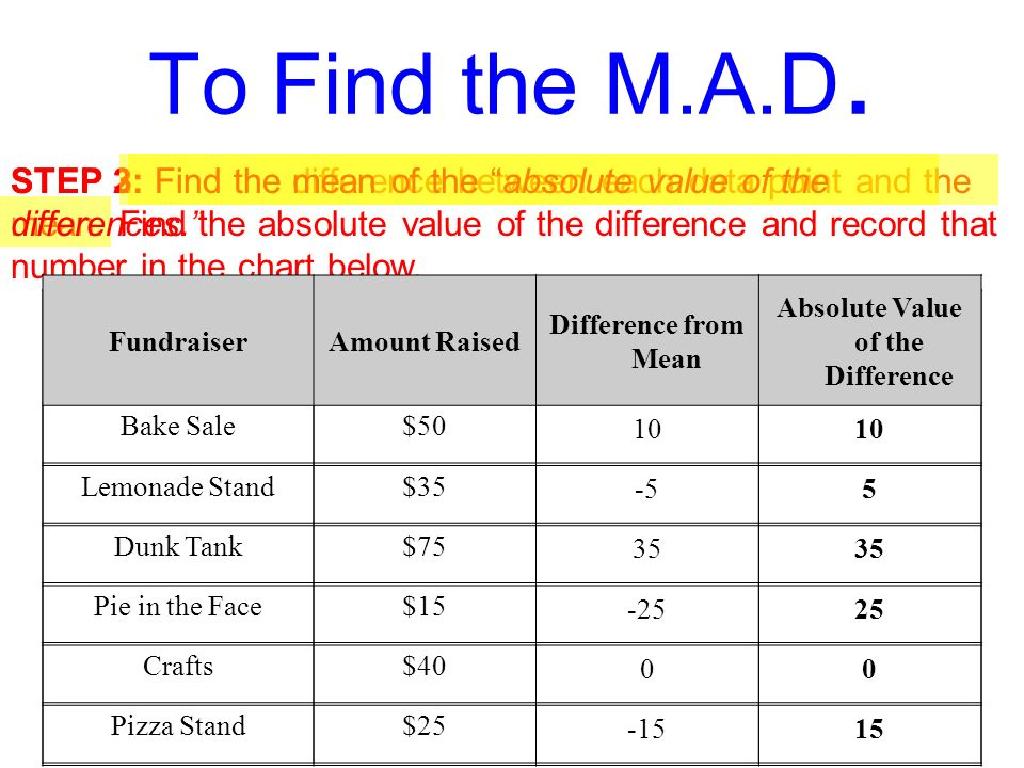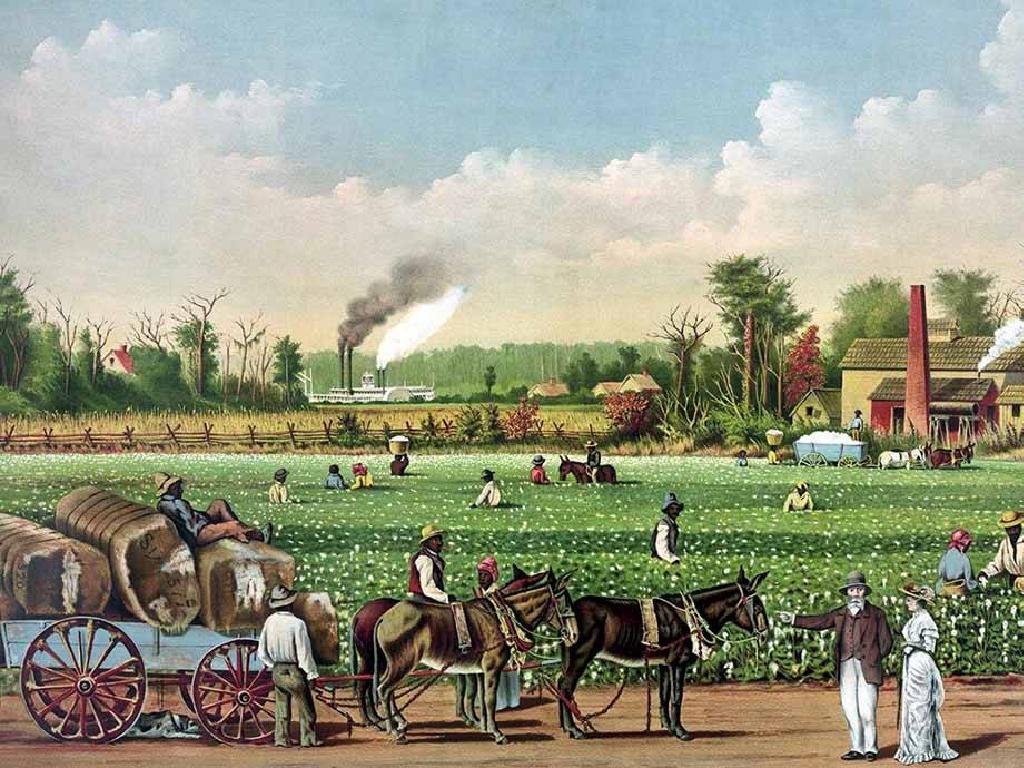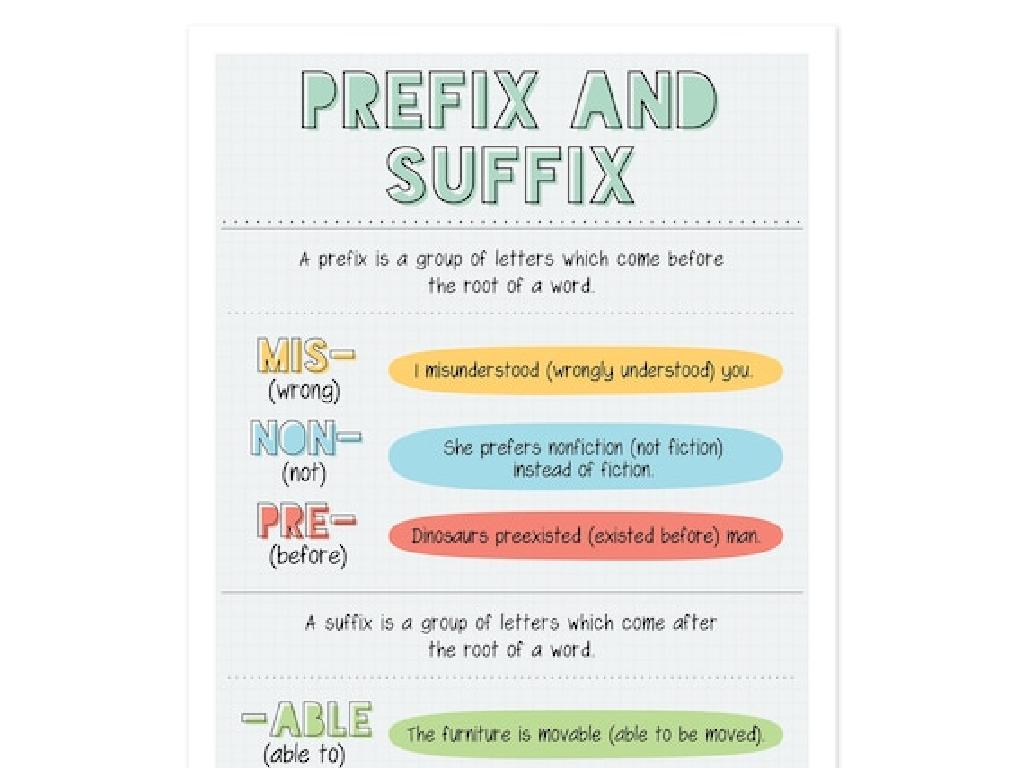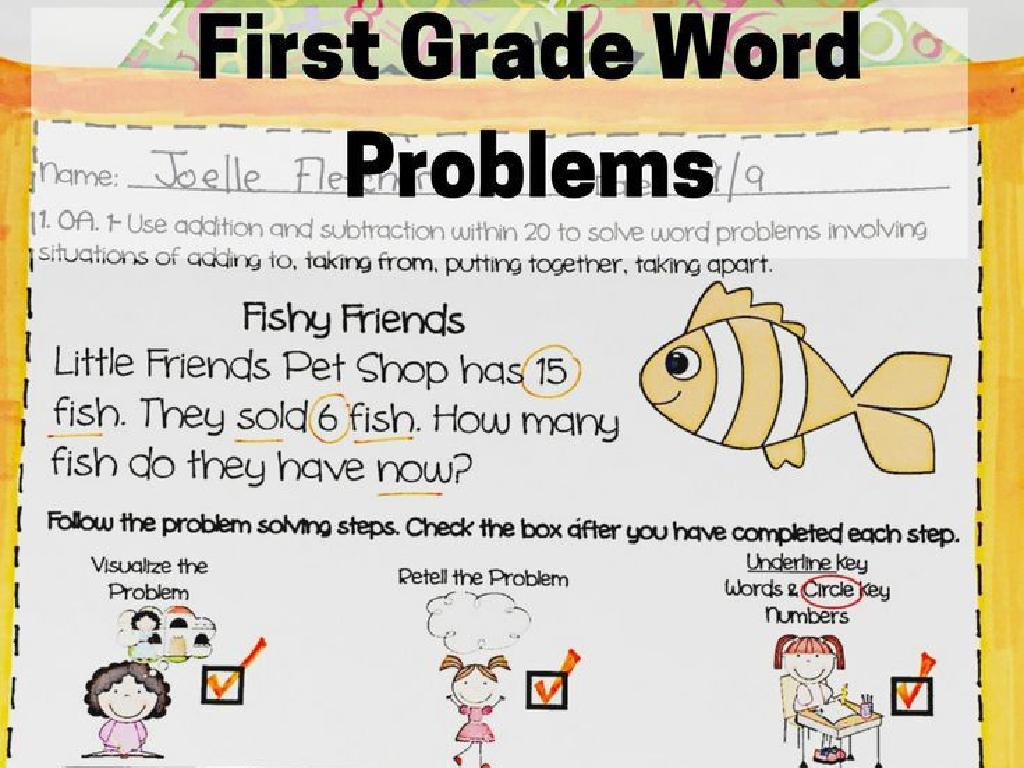Form And Use Plurals: Review
Subject: Language arts
Grade: Eighth grade
Topic: Nouns
Please LOG IN to download the presentation. Access is available to registered users only.
View More Content
Plural Nouns: Singular vs. Plural Forms
– Singular vs. Plural nouns
– Singular noun refers to one item, plural to more than one.
– Rules for regular plurals
– Add ‘s’ or ‘es’ to most nouns to pluralize.
– Irregular plurals
– Some nouns have unique plural forms not ending in ‘s’ or ‘es’.
– Significance of correct usage
– Using the right form ensures clear communication.
|
This slide introduces the concept of plural nouns in the context of Language Arts for eighth graders. Begin by explaining the difference between singular and plural nouns, emphasizing that singular nouns denote one entity while plural nouns denote more than one. Review the standard rules for forming regular plurals, such as adding ‘s’ or ‘es’ to the end of the word. Discuss irregular plurals that do not follow these rules and provide examples. Highlight the importance of using the correct plural form to maintain clarity in both written and spoken English. Encourage students to think of examples and to understand that mastery of plurals is crucial for effective communication.
Understanding Nouns: Singular and Plural Forms
– Define a noun
– A noun represents a person, place, thing, or idea.
– Singular noun examples
– ‘Cat’, ‘house’, ‘book’ are singular nouns representing one item.
– Forming plurals from singulars
– Add ‘s’ or ‘es’ to make most nouns plural, e.g., ‘cats’, ‘houses’.
– Pluralization rules and exceptions
– Learn rules like ‘y to ies’ for ‘baby’ to ‘babies’, and irregular forms like ‘mouse’ to ‘mice’.
|
Begin with a quick review of what a noun is, ensuring students recall that it’s a word that names a person, place, thing, or idea. Provide clear examples of singular nouns. Then, transition into the concept of pluralization, explaining the basic rule of adding ‘s’ or ‘es’ to a singular noun to make it plural. Highlight that while many nouns follow this rule, there are exceptions and specific rules, such as changing ‘y’ to ‘ies’ for certain words ending in ‘y’, and completely irregular forms. Provide examples for each rule and encourage students to come up with their own examples. This slide sets the foundation for understanding how singular nouns are transformed into their plural forms.
Forming Plurals: A Quick Review
– Forming plurals with ‘-s’ or ‘-es’
– Example: ‘cat’ becomes ‘cats’
– Simple pluralization by adding ‘-s’
– Example: ‘bus’ becomes ‘buses’
– Add ‘-es’ when words end in s, x, z, ch, or sh
– Practice identifying plural patterns
– Look for singular nouns and apply the rules
|
This slide is aimed at reviewing the basic rules for forming plurals in English. Most singular nouns can be made plural by simply adding an ‘-s’ at the end. However, for words that end in s, x, z, ch, or sh, we add ‘-es’ to form the plural. Provide students with a variety of nouns and have them practice converting from singular to plural. Encourage them to explain the rule they applied. This exercise will help reinforce their understanding of noun pluralization and prepare them for more complex irregular plurals. Make sure to correct any misconceptions and provide additional examples if necessary.
Irregular Plurals
– Nouns with unique plural forms
– ‘child’ becomes ‘children’
– Unlike ‘kids’, ‘children’ is the correct plural form
– ‘mouse’ changes to ‘mice’
– Not ‘mouses’, but ‘mice’ is the plural for ‘mouse’
– Exploring more irregular plurals
– We’ll discover other nouns that defy regular pluralization rules
|
This slide introduces students to irregular plural nouns, which are nouns that do not follow the standard rules for pluralization. Start by explaining that while most nouns simply add an ‘s’ or ‘es’ to become plural, some nouns change their form entirely. Provide the examples ‘child’ to ‘children’ and ‘mouse’ to ‘mice’ to illustrate this concept. Encourage students to think of other irregular plurals they know and share them with the class. The goal is to familiarize students with these exceptions so they can recognize and use them correctly in their writing and speech. Prepare to delve deeper into these irregular forms with more examples and exercises in the following lessons.
Plurals with Different Endings
– Plurals of ‘-f’ or ‘-fe’ words
– Change ‘-f’ or ‘-fe’ to ‘-ves’ for some nouns
– Examples: ‘leaf’ to ‘leaves’
– ‘knife’ becomes ‘knives’, showing the change
– Plurals of ‘-o’ ending words
– Some words take ‘-es’, others just ‘-s’
– ‘-es’ or ‘-s’ addition rules
– ‘Hero’ becomes ‘heroes’, but ‘piano’ becomes ‘pianos’
|
This slide reviews the rules for forming plurals with different endings in English, focusing on words ending in ‘-f’ or ‘-fe’ and ‘-o’. It’s important to highlight that while many words ending in ‘-f’ or ‘-fe’ change to ‘-ves’ in plural form, there are exceptions. Similarly, words ending in ‘-o’ can be tricky because some require an ‘-es’ to become plural, while others only need an ‘-s’. Provide additional examples for each rule and encourage students to come up with their own examples. Discuss any patterns or tips to help remember which words follow which rule. This will help students understand and apply these rules in their writing.
Plural Forms: Exceptions to the Rules
– Some plurals remain unchanged
– ‘sheep’ and ‘series’ as examples
– ‘sheep’ stays ‘sheep’, ‘series’ stays ‘series’
– Understanding the exceptions
– Explore why some words don t follow the regular pluralization rules
– Reasoning behind irregular plurals
– Historical language development and usage patterns may explain irregularities
|
This slide addresses the irregularities in plural forms of certain nouns. Students will learn that not all nouns follow the standard rule of adding ‘s’ or ‘es’ to form their plural. Some words, like ‘sheep’ and ‘series’, remain the same in both singular and plural forms. Encourage students to think about why these exceptions exist, which can lead to a discussion about the evolution of language and how usage patterns can affect grammatical rules. Provide additional examples if needed and ask students to find more such words as a class activity. This will help them understand and remember that English has many exceptions to its rules.
Practice Time: Plural Forms Group Activity
– Review plural formation rules
– Engage in a group activity
– Collaborate with peers to apply pluralization rules
– Form plurals of given nouns
– Use regular and irregular plural forms in practice
– Explain reasoning behind answers
– Share the logic used to determine the correct plural form
|
This slide is designed to facilitate a hands-on group activity for students to practice forming plurals. The teacher should divide the class into small groups and provide a list of nouns for each group to pluralize, ensuring a mix of regular and irregular nouns. Students should be encouraged to discuss and apply the rules they’ve learned about forming plurals, such as adding ‘s’ or ‘es’, changing ‘y’ to ‘ies’, or irregular changes like ‘mouse’ to ‘mice’. After the activity, each group will explain the reasoning behind their answers, allowing them to reinforce their understanding and clarify any misconceptions. The teacher should prepare to guide the discussion and provide feedback. Possible activities could include creating plural forms for a list of animals, objects found in the classroom, or words from a recent reading assignment.
Class Activity: Plural Scavenger Hunt
– Find classroom items for plural forms
– Pair up for irregular plural discussion
– Discuss words like ‘child’ becomes ‘children’
– List challenging plural words found
– Words like ‘mouse’ to ‘mice’ can be tricky
– Class discussion on plural forms
|
This interactive activity is designed to help students apply their knowledge of forming plurals. Students will move around the classroom to identify objects and write down their plural forms, paying special attention to irregular nouns. Working in pairs encourages collaboration and peer learning, as students discuss the irregular forms they encounter. Compile a list of challenging words to review as a class, fostering a deeper understanding of pluralization rules. This exercise will also highlight common mistakes and exceptions in English grammar. For the teacher: Prepare a list of potential irregular nouns that students might find in the classroom to ensure a productive discussion afterwards. Possible activities for different pairs could include focusing on specific categories like technology, furniture, or stationery.
Plurals Review & Homework
– Congratulations on mastering plurals!
– Homework: Craft 10 sentences with plurals
– Use different plural nouns you’ve learned today
– Include 3 irregular plural nouns
– Examples: ‘mice’, ‘teeth’, ‘children’
– Show variety in sentence structure
– Mix simple, compound, and complex sentences
|
This slide wraps up the lesson on plural nouns and transitions to the homework assignment. The homework is designed to reinforce the day’s learning by having students actively use plural nouns in their own sentences. Encourage creativity and diversity in their sentence construction. Remind them to incorporate at least three irregular plural forms, which do not follow standard pluralization rules. This exercise will help solidify their understanding of both regular and irregular plurals. In the next class, you can review some of the sentences to highlight good usage and address any common mistakes.






